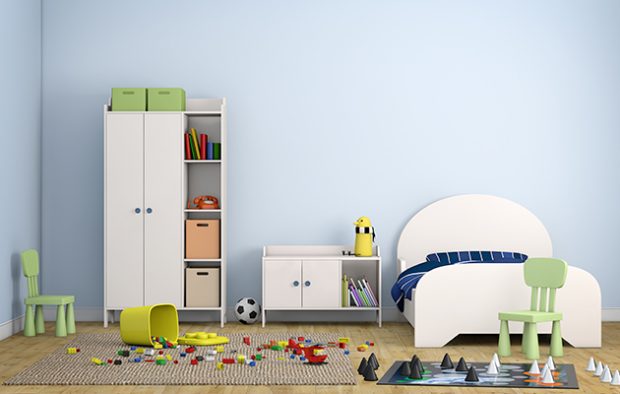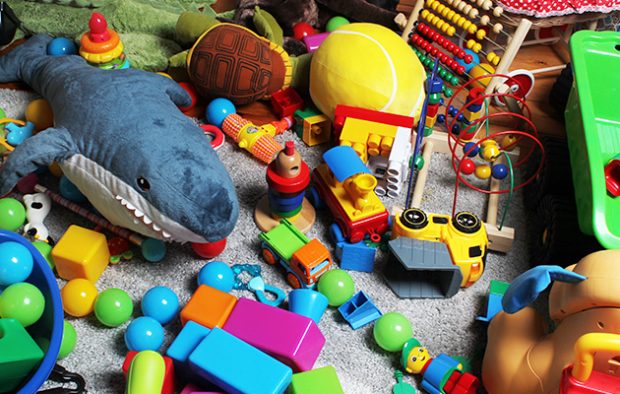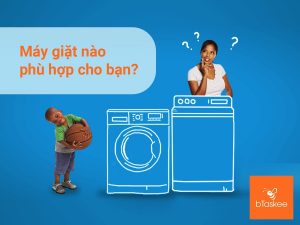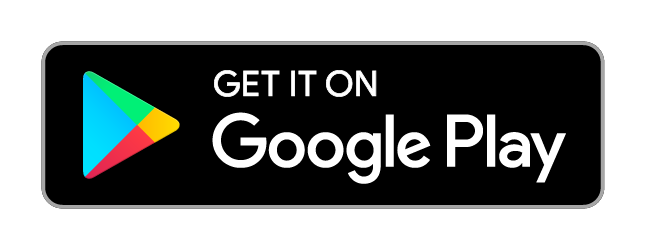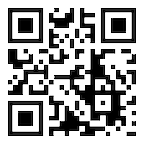The sooner you introduce your kids to household tasks, the sooner they will start to take responsibility and make decisions confidently. Not sure when you should introduce your kids to housework? It was reported that 15% of households with kids as young as six years old actually lend a helping hand around the household! To ensure your child does not drown in the chaos, Helpling, Australia’s leading online marketplace for home services, explains how you can teach your kids to clean up by themselves, in a fun way:
Getting organised is a key factor in children’s early years
Ouch! Did you once again step on the scattered Lego blocks? Don’t worry, you are not alone! With that being said, every child needs order and structure to learn. Learning through active cleaning of their own room, not only teaches children to stay tidy, but also to take responsibility and make decisions easily. For example, make the little ones point out, together with you, where the Teddy’s “house” is in their room, so they will be more likely to remember where it belongs and will then leave the stuffed animal in the right place as a bedtime ritual.
You are the biggest role model
How will your kids learn to keep your house organised if the table is never cleaned after meals or if there are shoes tossed around the hallway? Setting an example in the daily activities will influence your children to follow you. Moreover, it’s easier to clean with more helping hands! Children will not admit it, but they also feel a sense of achievement when they help the grown-ups with the housework..
Give kids age-appropriate tasks
Important tip: give your kids age-appropriate tasks. For example, toddlers can help to organise socks by sorting them out in colours and patterns. When they finally start school, you can allocate more serious tasks such as making the bed every morning and keeping their desks in order. As they get older, start to make decisions together! Take your kids to your weekly grocery shopping and involve them in the decision-making process about what to buy and what to cook.
Cleaning up is not a skill, but a habit
In a blink of an eye, your little ones will be already in kindergarten! During this phase, they will need to be familiar with the basic concepts of cleanliness: the jacket needs to be hung on the hook; lego bricks needs to be collected and stored in the storage bin etc. But order doesn’t come easy, it has to be learnt! Wooden games with different shapes and colours can help little ones develop the concept of order, while they have fun in matching the patterns and colours!
Labelled boxes = a room in order!
Organization begins with a neat and functional room. Allocate an area in your kid’s room to place boxes and store toys so that toys won’t be hanging around and will have a place to sleep at night. You can also name each corner, just like in kindergarten. For example, the left side of the room can be a cozy reading corner and the right side can be the playground. This will allow your children to know right away what belongs where with an easy association. Lastly, always make sure that the boxes are light enough for your kids to move around.
Four practical cleaning tips for your children:
- Clear instructions: “Please clean up”… Do they even work? Refine your request to: “Please place the books back into the shelf and put teddy to bed now.” Your children must know exactly what to do. The more concrete your request, the more effective it will be!
- Art museum: Incentivise the creativity of your children! Allocate an art corner to place your kid’s work, so they can feel proud of their art pieces. For example, your fridge can be transformed into an art display.
- Go easy on them: They are children after all! The goal is to store toys at a single place to avoid them from taking over the house. With that being said, try not to be too strict on them like you would with someone who works for you.
- Rituals help: This tip is important for children and also for adults. For example, you can implement daily rules such as to place everything back before each meal. Monkey see, monkey do.

